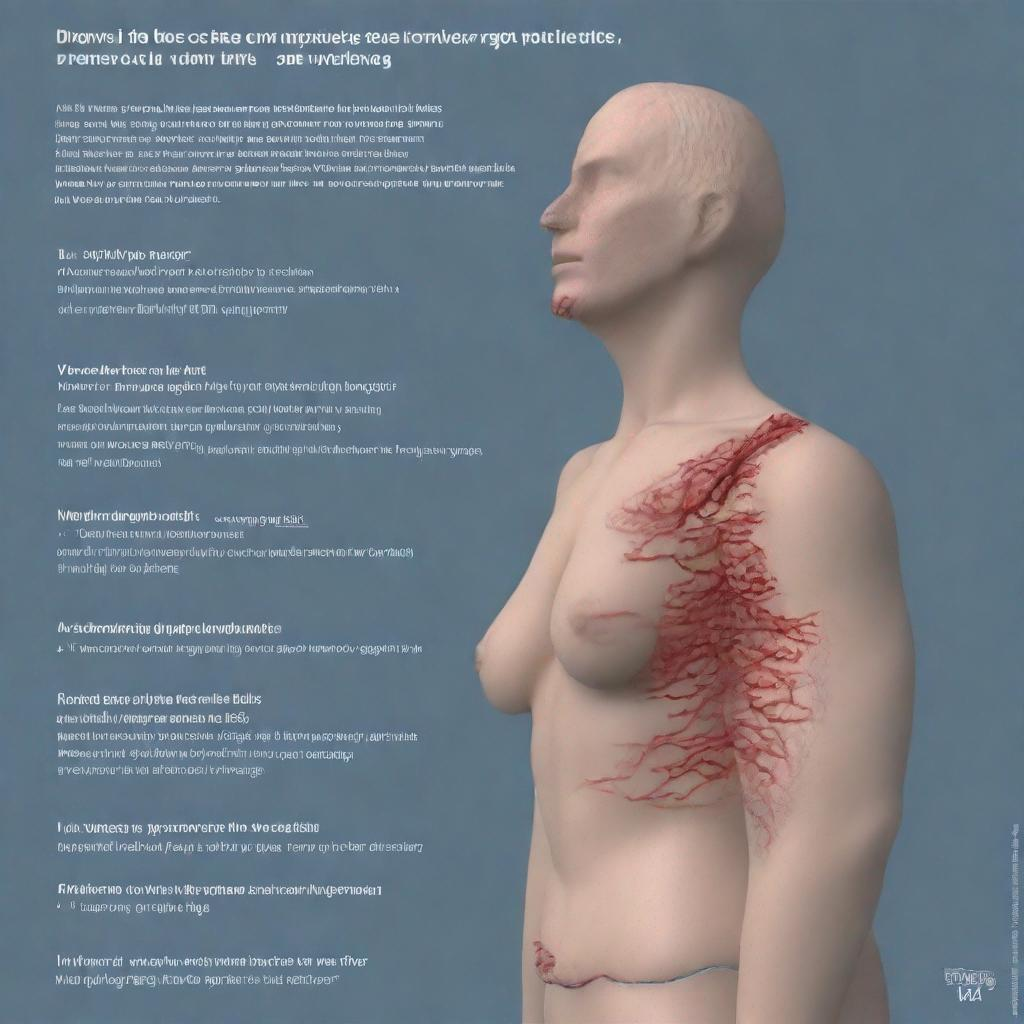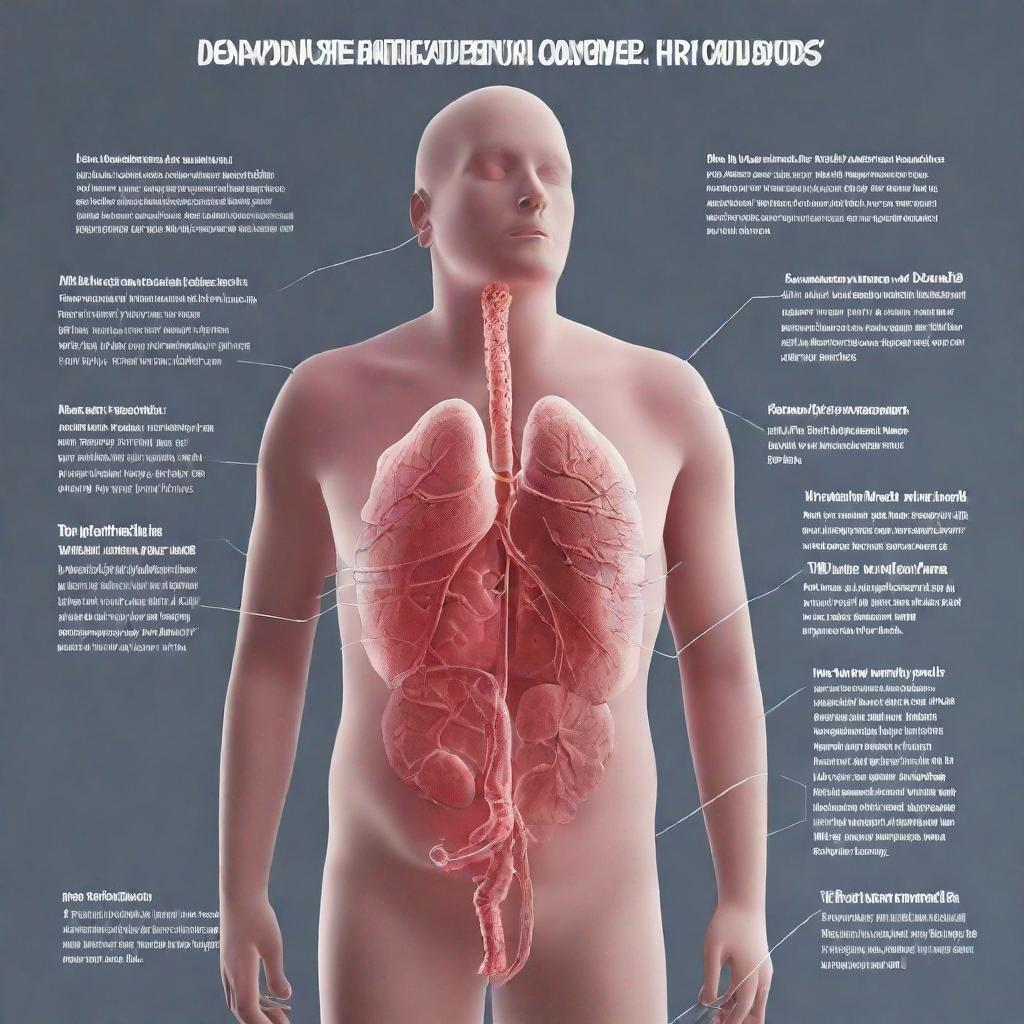## Drowning: A Comprehensive Guide
Drowning is a life-threatening condition that occurs when an individual submerges in water and experiences respiratory impairment. It can have severe consequences, including organ damage and even death.
### Body Parts Affected
Drowning primarily affects the **lungs** and **respiratory system**. Water entering the lungs can cause aspiration, leading to tissue damage and impaired gas exchange. This can result in **respiratory arrest**, a cessation of breathing.
Additionally, submersion in water can lead to **cardiac arrest**, a sudden stoppage of the heart, and **hypothermia**, a dangerously low body temperature. These conditions can affect the **cardiovascular system** and the **brain**.
### Symptoms
Drowning victims may exhibit the following symptoms:
– Coughing
– Difficulty breathing
– Chest pain
– Altered mental status
– Seizures
– Loss of consciousness
### Diagnosis
Diagnosing drowning involves:
– **Physical examination:** Assessing the victim’s respiratory and cardiovascular status.
– **Chest X-ray:** To check for aspiration or other lung injuries.
– **Blood tests:** To measure blood oxygen levels, glucose levels (**hypoglycemia**), and electrolyte levels.
### Types of Drowning
– **Submersion injury:** Partial or complete submersion in water without respiratory impairment.
– **Near-drowning:** Survival after submersion with evidence of respiratory impairment.
– **Wet drowning:** Aspiration of water into the lungs, causing edema and respiratory distress.
– **Dry drowning:** Laryngeal spasm without aspiration, leading to respiratory arrest.
### Prevention
Preventing drowning is crucial:
– **Aquatic safety:** Learn proper swimming techniques and water safety measures.
– **Water safety:** Supervise children and non-swimmers around water.
– **Lifeguarding:** Provide lifeguards at swimming areas.
– **Swimming lessons:** Enroll children in swimming lessons to improve their water skills.
– **Flotation devices:** Use life jackets or other flotation devices when engaging in water activities.
### Treatment
Drowning victims require immediate resuscitation, including:
– **Cardiopulmonary resuscitation (CPR):** To restore breathing and circulation.
– **Defibrillation:** To correct abnormal heart rhythms.
– **Oxygen therapy:** To provide additional oxygen to the lungs.
– **Mechanical ventilation:** To assist breathing if necessary.
– **Extracorporeal membrane oxygenation (ECMO):** A specialized treatment for severe lung failure.
### Complications
Drowning can lead to several complications, including:
– **Respiratory distress syndrome:** Severe inflammation of the lungs.
– **Pneumonia:** Infection of the lungs.
– **Neurological deficits:** Brain damage from oxygen deprivation.
– **Post-traumatic stress disorder:** Psychological trauma from the drowning experience.
### Prognosis
The prognosis for drowning depends on the severity of the injury and the time elapsed before resuscitation. With prompt and appropriate treatment, many victims can recover fully. However, even with successful resuscitation, some individuals may experience long-term complications.
### Conclusion
Drowning is a preventable and potentially fatal condition. By understanding its risks, symptoms, and treatment, we can take steps to prevent it and respond effectively in case of an emergency. Remember, water safety is paramount, and drowning can strike anyone, regardless of age or swimming ability.



